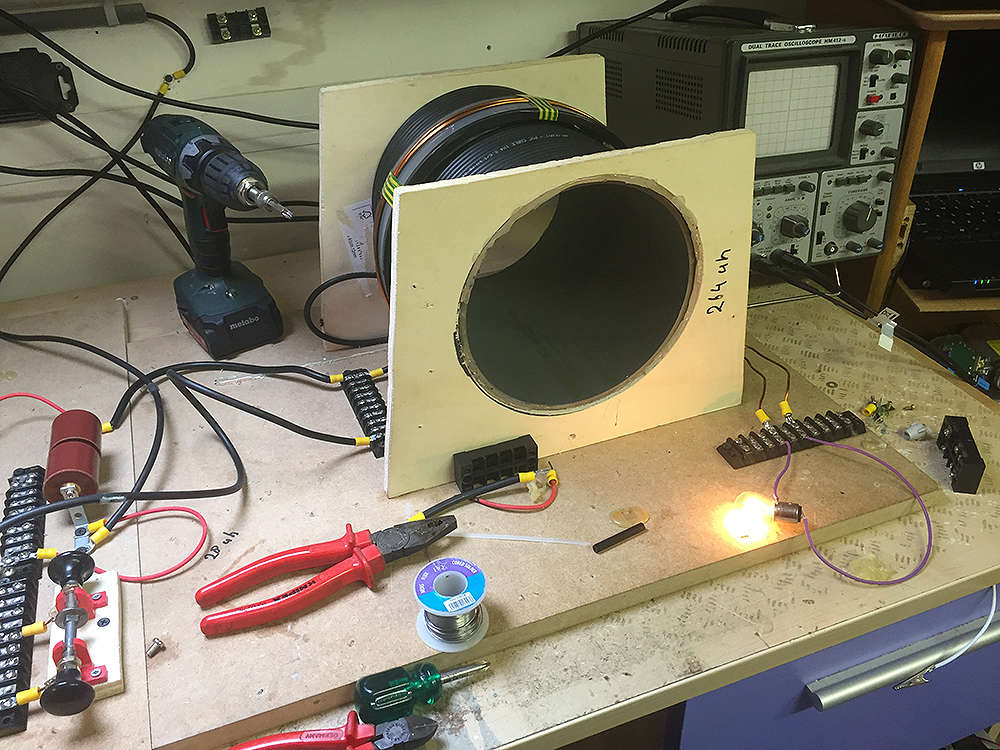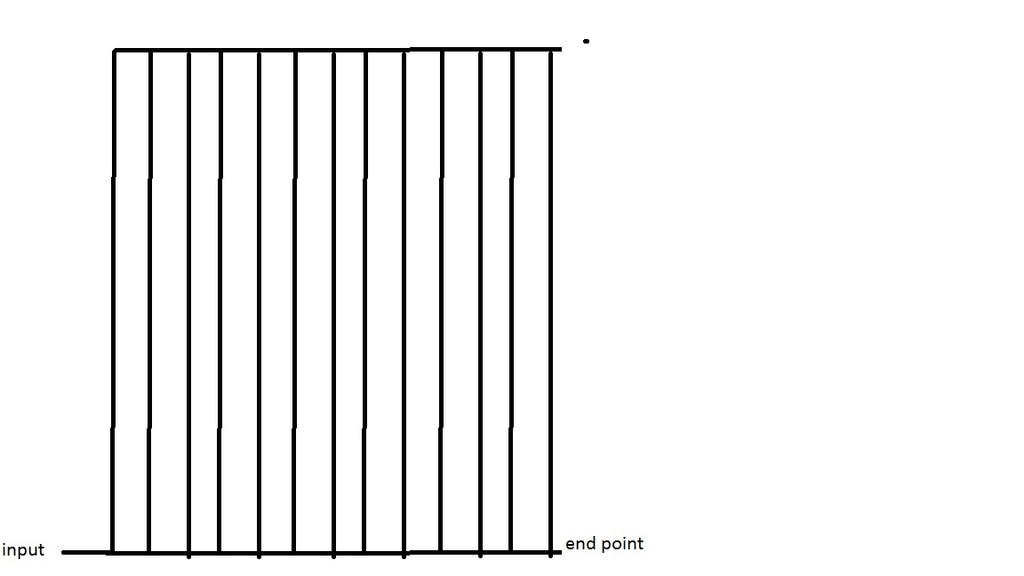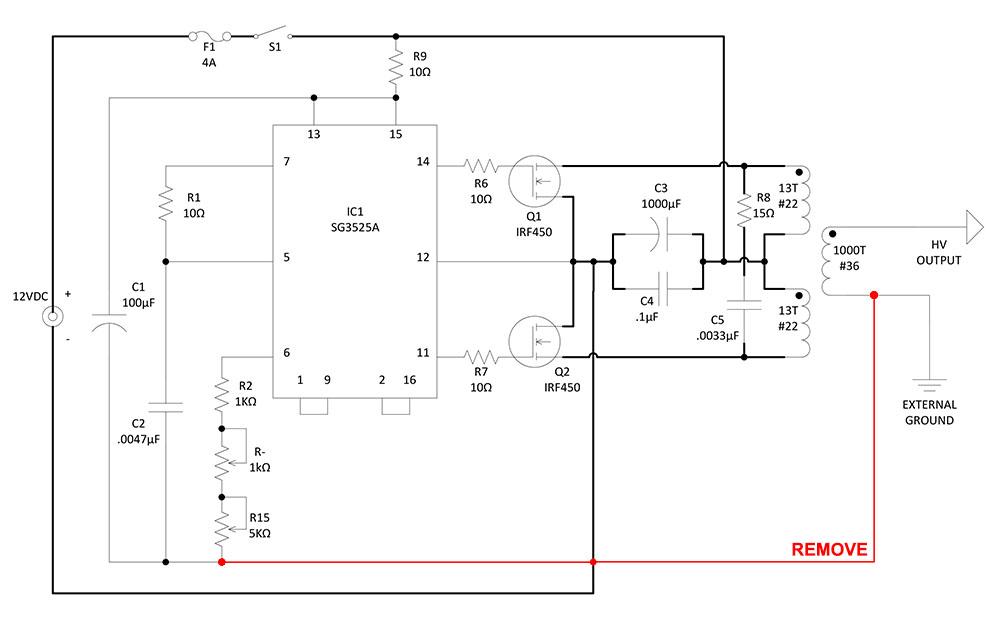wow 367 pages is that a record ? - to good to be true ? I bloody well hope not there's a awful lot of effort and years here including a few posts of mine. I still think its there somewhere please keep plugging away guys ! In the mean time I wish you all Merry Christmas.

 Look where that go him! Just jesting.
Look where that go him! Just jesting.






Comment